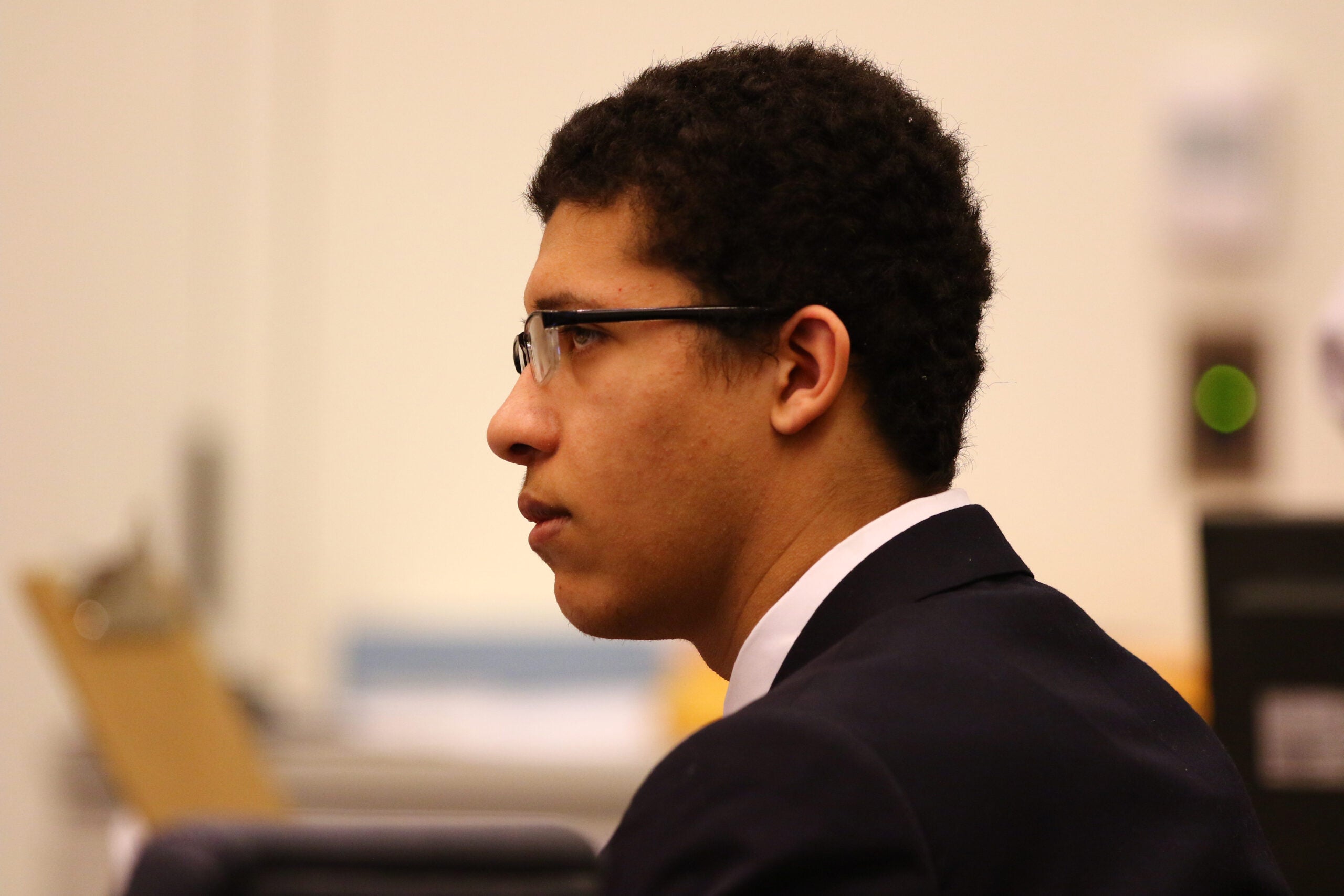Phillip Chism's name became a focal point in national headlines after a series of tragic events unfolded. The young teenager's story is one that continues to evoke strong emotions, raising questions about the complexities of adolescence, mental health, and justice. This article dives deep into the life of Phillip Chism, exploring his background, the events surrounding his case, and the societal implications that followed.
Understanding the life and circumstances of Phillip Chism requires an examination of the factors that led to his involvement in a harrowing incident. This case not only shocked the nation but also highlighted the urgent need for reform in addressing mental health issues and juvenile justice.
As we delve into the details of Phillip Chism's story, it is crucial to approach the subject with sensitivity and a commitment to understanding the broader implications. This article aims to provide a comprehensive overview while ensuring that the narrative is balanced and factual.
Read also:Discovering The Legacy Of Mckinley A Comprehensive Guide
Table of Contents
- Biography of Phillip Chism
- Early Life and Background
- The Tragic Event
- Legal Proceedings and Sentencing
- Mental Health and Juvenile Justice
- Impact on the Community
- Media Coverage and Public Perception
- Reform Needed in Juvenile Justice
- Support Systems for Adolescents
- Conclusion and Call to Action
Biography of Phillip Chism
Personal Details
Phillip Chism was born on June 1, 1997, in Danvers, Massachusetts. Below is a table summarizing key personal details about Phillip Chism:
| Full Name | Phillip Andre Chism |
|---|---|
| Date of Birth | June 1, 1997 |
| Place of Birth | Danvers, Massachusetts |
| Residence | Danvers, Massachusetts |
| Occupation | Student |
Early Life and Background
Phillip Chism grew up in Danvers, a town known for its tight-knit community. His early life was marked by typical adolescent experiences, though there were signs of behavioral challenges that went unnoticed or unaddressed. Phillip attended Danvers High School, where he participated in various school activities.
His family played a significant role in shaping his early years. However, like many teenagers, Phillip faced personal struggles that were not fully understood by those around him. His academic performance and social interactions hinted at underlying issues that would later come to light.
The Tragic Event
In October 2013, Phillip Chism was involved in a tragic incident that shocked the nation. The case revolved around the murder of Colleen Ritzer, a 24-year-old math teacher at Danvers High School. Phillip, then just 14 years old, was charged with the crime, sparking widespread media attention and public outrage.
The details of the incident were grim, revealing the severity of the crime and the challenges faced by law enforcement in handling such cases involving minors. The community was left reeling, struggling to comprehend how a young teenager could commit such a heinous act.
Legal Proceedings and Sentencing
The legal proceedings against Phillip Chism were complex and controversial. Given his age, there were debates about whether he should be tried as an adult. Ultimately, Phillip was convicted and sentenced to life without parole, a decision that sparked debates about the fairness of the justice system.
Read also:Transform Your Space With Cuttingedge Closet Modernos Pequentildeos
During the trial, evidence was presented that highlighted Phillip's mental health issues and the lack of support he received in addressing them. This raised questions about the effectiveness of the juvenile justice system in rehabilitating young offenders.
Mental Health and Juvenile Justice
Understanding the Challenges
Mental health is a critical factor in cases like Phillip Chism's. Many adolescents face undiagnosed mental health issues that, if left untreated, can lead to severe consequences. Below are some key points to consider:
- Mental health resources are often insufficient in schools and communities.
- Early intervention can significantly reduce the likelihood of violent behavior in adolescents.
- The juvenile justice system must prioritize rehabilitation over punishment.
Impact on the Community
The Phillip Chism case had a profound impact on the Danvers community. Residents grappled with grief, anger, and a sense of vulnerability. Schools and local organizations responded by implementing programs aimed at fostering a safer environment for students.
Community leaders emphasized the importance of open dialogue and support systems to prevent similar tragedies in the future. This case served as a catalyst for change, encouraging communities to address the root causes of youth violence.
Media Coverage and Public Perception
Media coverage of Phillip Chism's case was extensive, with outlets focusing on the shocking nature of the crime. While this brought attention to the issue, it also perpetuated stereotypes about troubled youth and mental health.
Public perception was divided, with some advocating for stricter punishments and others calling for a more compassionate approach. The media's role in shaping these perceptions highlights the need for responsible journalism in sensitive cases.
Reform Needed in Juvenile Justice
Steps Toward Improvement
Reforming the juvenile justice system is essential to prevent future tragedies. Below are some proposed reforms:
- Increase funding for mental health services in schools and communities.
- Implement restorative justice practices to focus on rehabilitation.
- Provide training for educators and law enforcement on recognizing signs of mental distress.
Support Systems for Adolescents
Creating robust support systems for adolescents is crucial in addressing mental health and behavioral issues. Schools, families, and communities must work together to ensure that young people have access to the resources they need.
Programs that promote mental well-being, conflict resolution, and emotional intelligence can play a significant role in preventing violent behavior. Additionally, fostering a supportive environment where adolescents feel heard and understood can make a substantial difference.
Conclusion and Call to Action
The story of Phillip Chism is a poignant reminder of the challenges faced by adolescents and the importance of addressing mental health and juvenile justice issues. While the case brought attention to these critical topics, it also highlighted the need for systemic change.
We encourage readers to take action by supporting initiatives aimed at improving mental health resources and juvenile justice reform. Share this article with others to raise awareness and engage in meaningful discussions about these pressing issues. Together, we can work toward a safer and more compassionate society for all.

